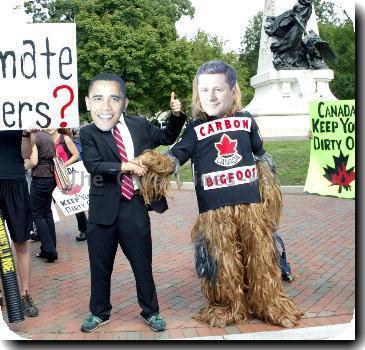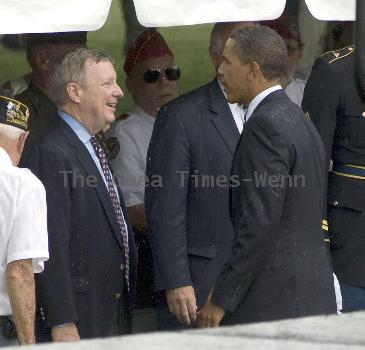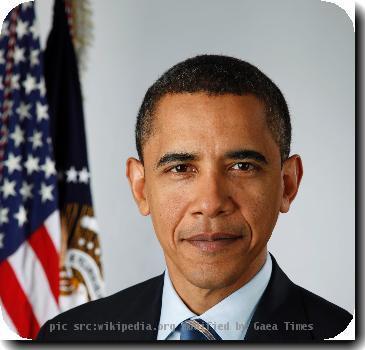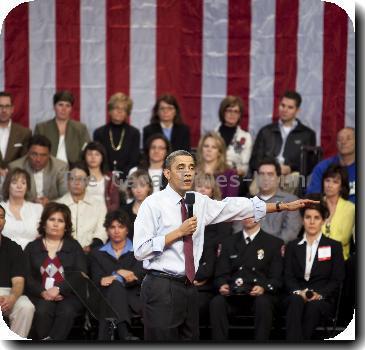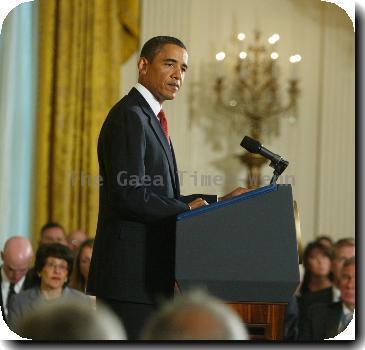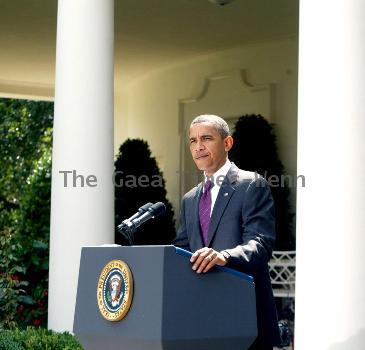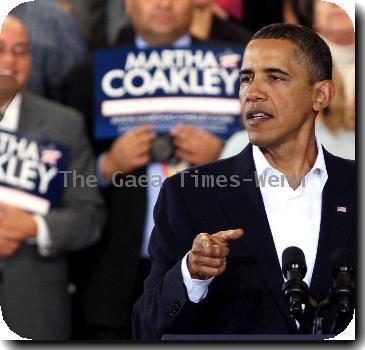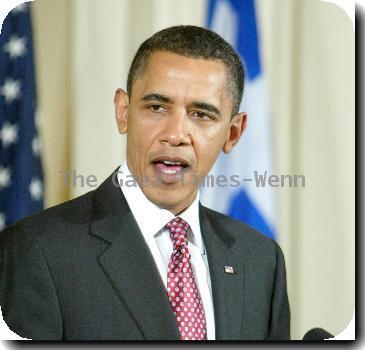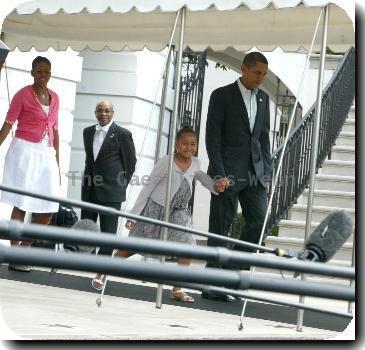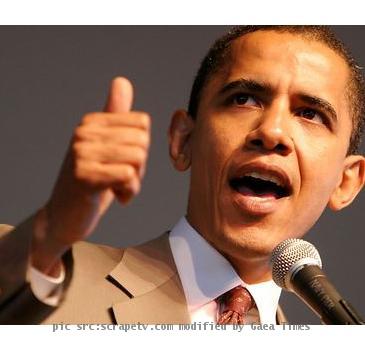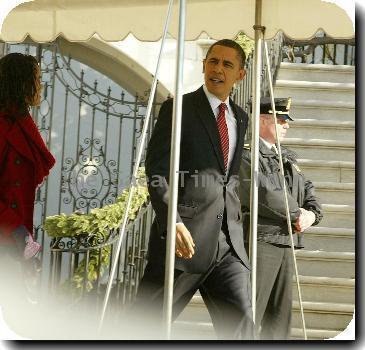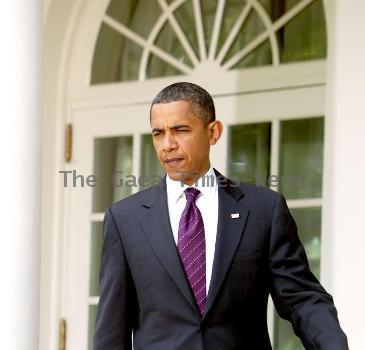Companies add 67,000 workers in August; unemployment rate climbs to 9.6 percent
By APFriday, September 3, 2010
Unemployment rate rises as labor force expands
WASHINGTON — Private employers hired more workers over the past three months than first thought, a glimmer of hope for the weak economy ahead of the Labor Day weekend. But the unemployment rate rose because not enough jobs were created to absorb the growing number of people looking for work.
Companies added a net total of 67,000 new jobs last month and both July and June’s private-sector job figures were upwardly revised, the Labor Department said Friday.
Stocks surged after the report’s release. The Dow Jones industrial average rose more than 100 points in afternoon trading and broader indexes were all up.
While the report hardly suggests the economy is out of danger, it’s a reassuring sign after weeks of troubling data and comes after some encouraging economic figures in the past week.
Scott Brown, an economist at Raymond James, said he sees no sign of the country slipping back into recession.
“You’re still seeing broad-based job gains. It’s not strong, but it’s positive,” Brown said.
Overall, the economy lost 54,000 jobs as 114,000 temporary census positions came to an end. For the first time this year, the manufacturing sector lost jobs — down a net total of 27,000 for the month. The auto industry accounted for 22,000 of those lost jobs, the department said. But those losses were largely due to a shift in the timing of the industry’s summer shutdowns.
State and local governments shed 10,000 positions and have had net jobs losses in every month but one this year.
President Barack Obama said the report shows the economy is moving in the right direction. But he said further action is needed to help bring back the 8.4 million jobs lost during the downturn.
“It reflects the steps we’ve already taken to break the back of this recession. But it’s not nearly good enough,” Obama said. He called on Congress to extend the Bush administration’s tax cuts for middle-class Americans and to pass a bill that would increase lending and reduce taxes for small businesses.
Republicans in Congress want to extend the tax cuts for all Americans, including the wealthy. That’s a position more rank-and-file Democrats are beginning to embrace because the economy hasn’t improved fast enough.
The midterm election is shaping up to be a referendum on Democrats’ handling of the economy. Most polls point to them losing a great number of seats in Congress and possibly control of the House and Senate.
Economists note that the measures proposed by Obama will likely make little difference by November.
“It’s too late for any policies enacted now to make the economy look better by Election Day,” Nigel Gault, an economist at IHS Global Insight, wrote in a note to clients.
Temporary employment rose by nearly 17,000, after a slight loss in July. That indicates employers are looking to boost their work forces, but are reluctant to do so permanently. Temporary hiring averaged 45,000 per month from October to May, but has since slowed.
The jobless rate rose to 9.6 percent from 9.5 percent in July. More than a half-million Americans resumed their job searches in August, which drove up the jobless rate. When the unemployed stop looking for work, they are no longer counted in the jobless rate. It’s the first time the labor force has grown since April.
Separately, the Institute for Supply Management, a trade group, said that the U.S. service sector expanded for the eighth straight month in August, but the pace of growth slowed. The service sector accounts for about 80 percent of the nation’s jobs, including those in health care, construction and financial services.
The jobs report showed the service sector hired workers in August. The health care industry hired a net total of 28,200 positions. Restaurants and hotels created 17,300 new jobs.
Both June and July’s figures were revised to show the private sector created more jobs in both months. The July figures were revised upward to 107,000 from 71,000. June was revised upward to 61,000 from 31,000. The revisions reflected smaller losses in construction, temporary help services and non-census government jobs.
Still, hiring has now been weak for four straight months. That deprives consumers of cash and reduces their ability to spend. Analysts expect economic growth to be tepid for the rest of this year and the jobless rate could keep rising to 10 percent or more in the coming months.
Average hourly earnings increased modestly and by more than economists expected, rising to $22.66 from $22.60.
The economy lost nearly 8.4 million jobs in 2008 and 2009. This year, private employers have added back 763,000 jobs. But the unemployment rate has barely moved from the 9.7 percent rate in January.
Including those who have given up looking for work and those who are working part time but would prefer full-time work, the so-called “underemployment” rate rose to 16.7 percent from 16.5 percent.
The report may reduce pressure on Fed Chairman Ben Bernanke to take steps at the Fed’s meeting later this month to boost the economy, several analysts said. Bernanke said last week the central bank will take more steps to stimulate the economy if necessary. But he also said the foundations have been laid for economic growth to accelerate next year.
Associated Press Writer Erica Werner contributed to this report.
Tags: Barack Obama, Careers, Labor day, Labor Economy, Losing A Job, Manufacturing Sector Performance, North America, Recessions And Depressions, Service Sector Performance, United States, Us-economy, Washington
